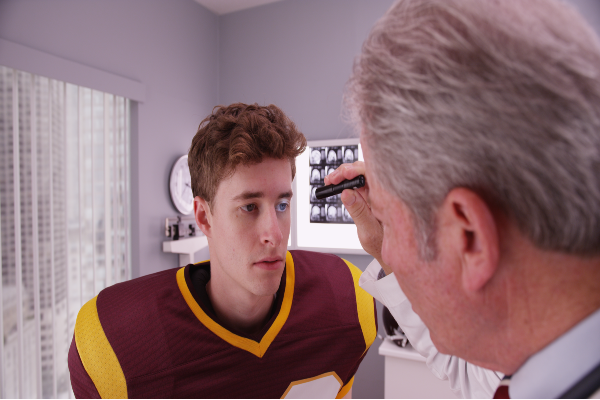
Free Consultation(203) 447-0000

Free Consultation(203) 447-0000

Until fairly recently, the conventional wisdom regarding concussion recovery was that “rest is best.” But, while rest is indeed an essential part of the recovery process for athletes who suffer sports-related concussions, new research shows that an “active approach to concussion management” can be crucial to recovering as fully and as quickly as possible.
Active recovery involves taking a proactive approach to concussion symptom management and the overall recovery process. In an article published in the journal, Current Opinion in Neurology in 2018, the authors concluded that “[s]ustained rest from all activities after a concussion, so-called ‘cocoon therapy,’ is not beneficial to recovery.” Instead, during the recovery process, treatment and rehabilitation should focus on understanding the athlete’s current capabilities—and tailoring activity levels to those capabilities as they increase over time.
The U.S. Centers for Disease Control and Prevention (CDC) also recommend an active concussion recovery approach. However, the CDC emphasizes the importance of rest first:
“Rest is essential after a concussion because it helps the brain to heal. . . . Only when your symptoms have reduced significantly, in consultation with your health care professional, should you slowly and gradually return to your daily activities, such as work or school. If your symptoms come back or you get new symptoms as you become more active, this is a sign that you are pushing yourself too hard.”
In this regard, active concussion recovery is similar to the recovery process for other types of traumatic injuries. When an athlete suffers tendonitis, rest is important initially, but then the focus shifts to rehabilitation and restrengthening. The same basic principles apply with concussions: Give the body time to heal, then help it along by gradually introducing stimuli and resuming normal functions and activities under medical supervision.
About active concussion recovery, the CDC stresses the importance of a custom-tailored approach—and rightly so. While you may be familiar with “concussion protocols,” the existence of these standardized protocols must not be confused with a standardized course of treatment. An athlete’s treatment needs and the timing of an athlete’s progression are heavily dependent on the athlete’s unique circumstances. Whereas one athlete may receive clearance to resume limited physical activity fairly quickly, another athlete may require a more extended period of sustained rest with an active focus on avoiding both physically-demanding and cognitively-demanding activities.
The CDC breaks down the active recovery process for concussions into four primary phases:
Generally, the CDC recommends taking it easy for “the first few days.” This is when concussion symptoms tend to be most severe, and it is when resting is essential to allow the brain to begin to heal. Getting plenty of sleep is necessary, as is avoiding strenuous physical and mental activity.
After the initial rest period, the CDC recommends a “gradual[] return to regular (non-strenuous) activities.” This includes relaxing activities at home and potentially returning to school or non-physical work if the athlete’s doctor recommends it. Getting plenty of sleep remains essential during this phase. Under no circumstances should the athlete be placed in a position where they are at risk for suffering another concussion.
Once an athlete’s symptoms are “mild and nearly gone,” the CDC advises that it is generally okay to resume most regular activities. However, (i) the decision to resume most normal activities must be made based upon an athlete’s diagnosis, and (ii) “most regular activities” do not necessarily include activities that are part of an athlete’s regular daily routine. New activity levels should be introduced gradually and only as warranted based upon evidence of progress in the athlete’s recovery.
The final stage of active concussion recovery is resuming all regular activities. This stage is only appropriate when an athlete can perform his or her usual activities “without experiencing any symptoms.” Even at this stage, monitoring remains extremely important, and an athlete’s activities should still be curtailed if they cause symptoms to recur.
When evaluating athletes’ progress, it is essential not to emphasize entering or exiting a particular phase. Concussion recovery is a gradual process, and sometimes an attempt to increase an athlete’s activity level may reveal that the athlete’s brain is not ready. In this regard, working toward progress can be viewed as a series of tests; and, if a test results in new or enhanced symptoms, then this should signal that a lower level of activity is required.
While active recovery is essential, athletes must resist the temptation – and outside pressure – to resume practice or play too soon. Unfortunately, despite growing awareness of concussions and post-concussive syndrome (PCS) risks, many coaches and trainers still encourage athletes to return to the court or the field before they are ready to do so.
While athletes indeed bear some responsibility for ensuring their wellbeing, coaches and trainers also assume responsibility for giving athletes the time they need to recover from their concussions. Medical malpractice committed by team physicians (and other doctors) who clear athletes too soon is a genuine concern as well. When these types of issues lead to concussion-related complications – or when they lead to athletes suffering additional concussions before their brains have fully healed – the consequences can be significant. Athletes and their families will often be entitled to financial compensation.
If you have questions about your legal rights about a sports-related concussion or improper medical treatment for a sports-related trauma, we can help. Our Connecticut sports concussion lawyers represent athletes ranging from youth sports participants to professionals in claims against teams, clubs, schools, health care providers, and other entities. To arrange a free and confidential consultation at your convenience, please call us or inquire online today.
Berkowitz Hanna
